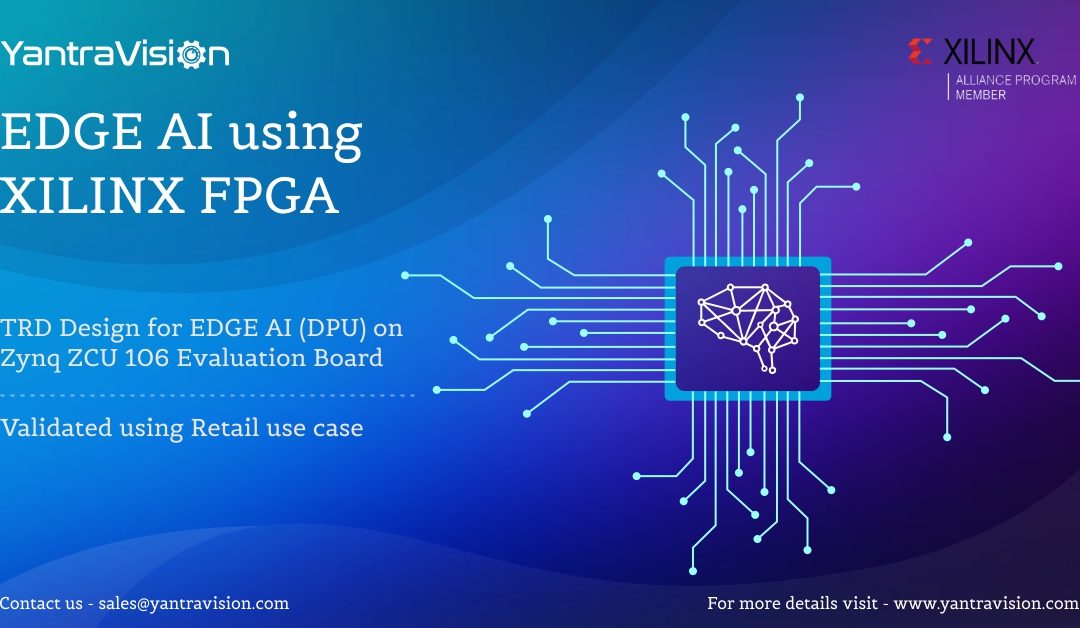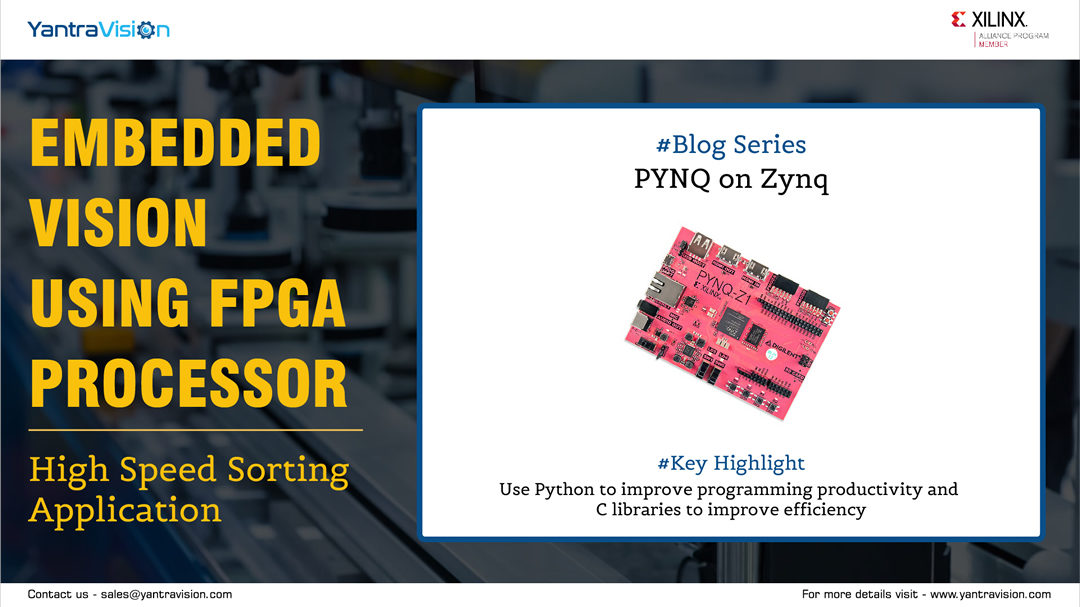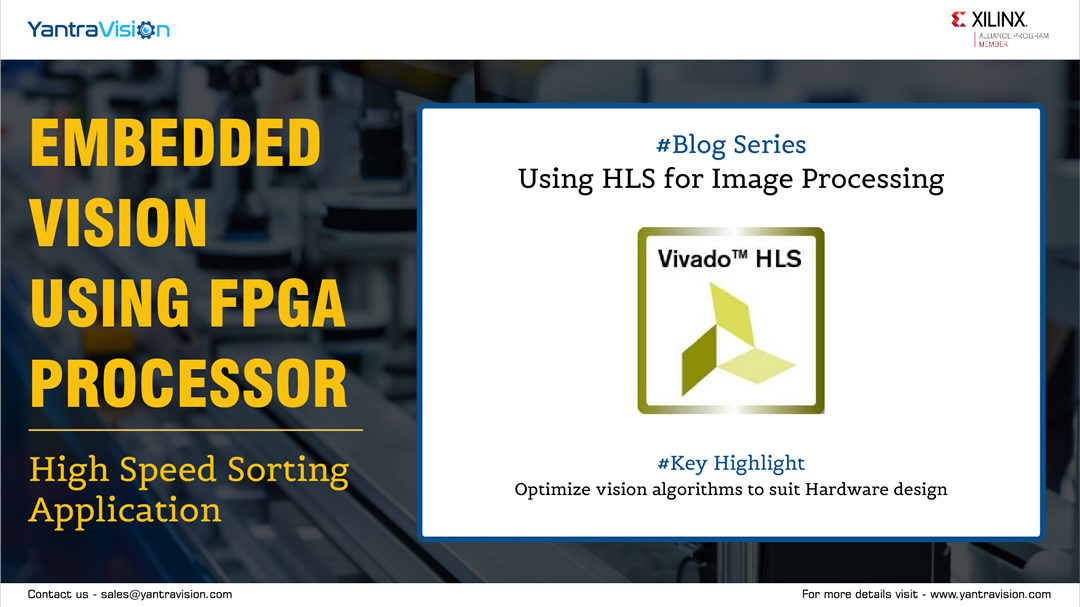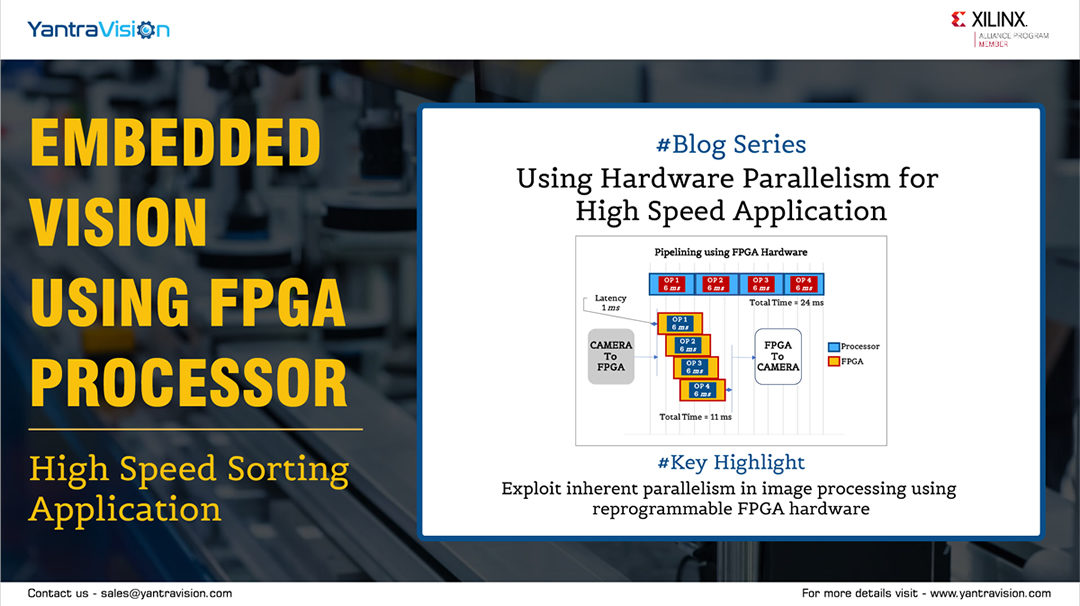


PYNQ on ZYNQ
PYNQ, Python Productivity for Zynq, makes it very easy for designers of embedded system to use XILINX Zynq devices without having to master complex design tools to design programmable logic circuits. PL as Hardware Libraries Programmable logic circuits are presented...
Using HLS to implement Image Processing (Part 2: Resource Optimization)
Part 1: Using HLS for Image Processing (Introduction) Design space exploration involves exploring different combinations to achieve optimal trade-of between speed and resources. Within HLS, software profiling tools can help to identify processing bottlenecks, enabling...
Using HLS to implement Image Processing (Part 1: Introduction)
High level synthesis (HLS) tools, like XILINX Vivado HLS, can provide significant benefits for implementing algorithms like signal processing and image processing on FPGAs. These tools enable development and testing of hardware-based algorithms using higher level...Using FPGA for High Speed Image Processing – Part 2: Exploiting Parallelism
Recap: Using FPGA for High Speed Image Processing Part 1: Introduction Parallelism in FPGA By default, image processing is inherently parallel and the ability to exploit this parallelism has significant implications when building embedded vision systems. This...
